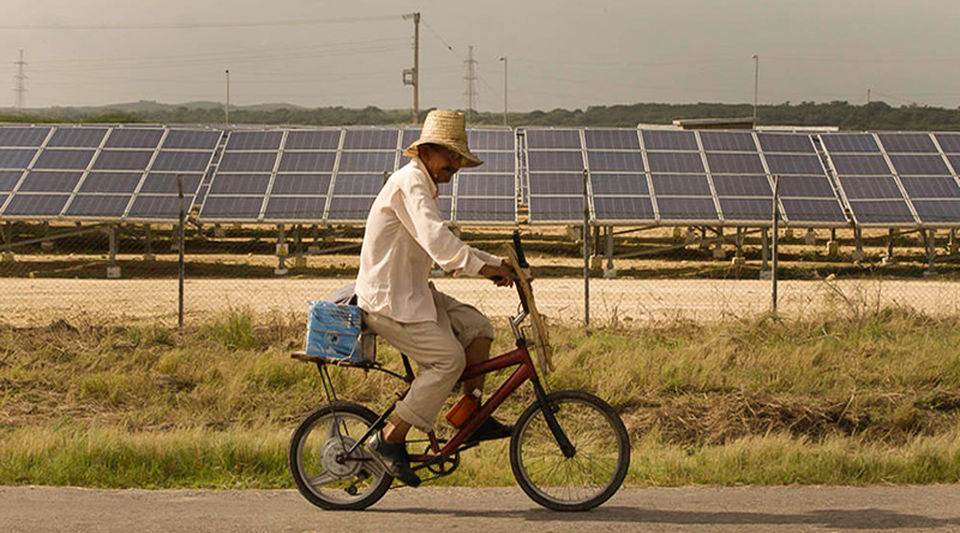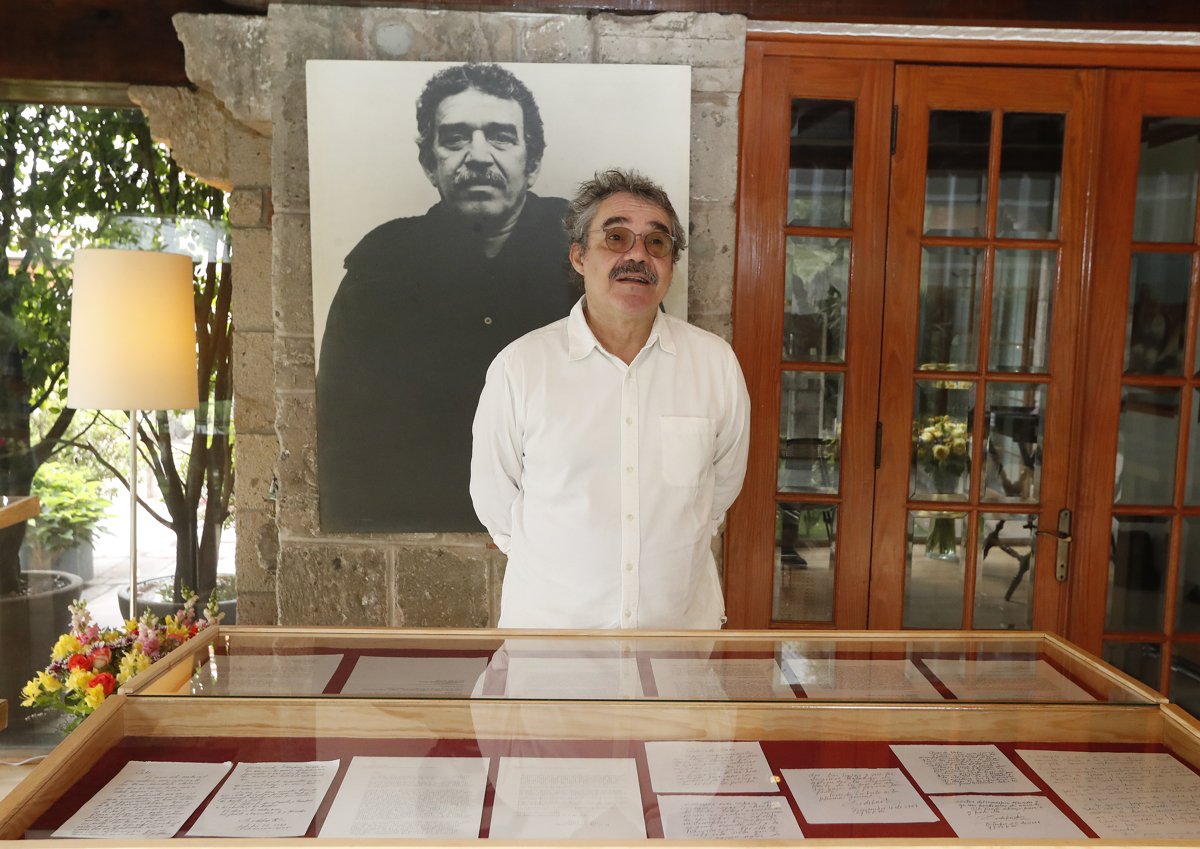The tiredness of the Cuban population for a new summer without electricity grows and jumps from social networks to the streets. If on Tuesday it was the protest of the university residents of Camagüey, on Wednesday a casserole played through the streets of Manzanillo, in the province of Granma, and the prolonged cuts threaten to leave a protest day a day.
In the midst of this storm, the ruling party has dedicated an outstanding space to the celebration of the International Renewable Energy Fair, which takes place in Havana between June 22 and 24.
Cuba needs to catapult the use of renewable energies, title Granma. In 2014, the Island approved a policy for the development of these energy sources, which then accounted for 4.3% of the electricity generation of a country extraordinarily dependent on fossil fuels. The goal was to reach 24% by 2030, but at the beginning of this 2022, in the middle of the term, the progress seemed like a mockery. Only 5%.
“The implementation of the FRE (Renewable Energy Sources) Policy is behind schedule; at the end of 2021 we should have 649 MW/h in operation, but today only 47% of the forecast is reached, 304 MW/h,” said Rosell Guerra, director of Renewable Energies at the Ministry of Energy and Mines, in an interview with IPS at the beginning of the year.
In the same article, the official pointed out that since 2014, 500 million dollars have been invested in renewables, a figure that contrasts with the 1,500 million invested in hotels.
The explanation is very simple. Public policies need funding more than volunteerism. In the same article, the official pointed out that since 2014, 500 million dollars have been invested in renewables, a figure that contrasts with the 1,500 million invested in hotels.
Guerra attributed the lack of progress to the US sanctions and the current poor economic situation, although even in the best years of that period – when the thaw with Cuba brought relief to the island’s perpetual crisis – he did not take the opportunity to invest more . The regime, on the other hand, has not stopped attracting financing for tourism, a sector that leaves easy and fast money, and foreign currency that, according to the authorities, is essential for imports. What is not clear is what is the use of importing if the industries they must stop producing due to lack of energyas is already happening in Sancti Spíritus.
In its 2014 plan, Cuba had foreseen that 3,700 million dollars would be needed, of which the majority would go to bioelectric plants, key to the renewal of the Cuban energy mix, thanks to the bagasse from sugar cane. The plan was good on paper: the cane went to sugar production and the bagasse to the electrical system, to which it had to contribute 14% in 2030.
The reality is different: not only has the planned conversion not been carried out, but industrial failures leave dramatic episodes such as the loss of 300 tons of bagasse this April due to a fire at the Mario Muñoz sugar mill in Matanzas. It is precisely the one that delivers the most energy to the national system.
The rest of the amount (and for a 10% contribution to electricity) should go to the construction of wind and photovoltaic parks. Cuba, with a radiation of more than 5 kilowatts per square meter per day, has a high potential to produce solar energy and, in fact, it is what has advanced the most. The parks that have been built provide more than 78% of the country’s renewable energy, 238 megawatts per hour. The amount, once again, is insignificant and, in addition, the necessary investment figures have increased.
The parks that have been built provide more than 78% of the country’s renewable energy, 238 megawatts per hour. The amount, once again, is insignificant
This 2022, the officials of the sector already placed at 6,000 million dollars the foreign investment essential for the change of the energy matrix. Despite the fact that the authorities have introduced some tax exemptions for companies that want to invest in renewables on the island, the money has not just arrived and it is not expected to arrive just now when the international economic crisis tightens and Cuba, in particular, has due to renegotiate its debts due to the defaults of the last two years, both with the Paris Club and with its main partner, Russia.
In any case, Cuba is very late in updating its energy system. According to Cuba Energía, between 2016 and 2019, 95% of production came from fossil fuels which, in addition to being highly polluting, are finite: 52.3% was extracted from crude oil and 17.6% from gas. The remaining 30.1% came from burning cane (27.1%) and firewood (2.7%) and hydropower (0.2%). The remaining 5% is attributed to renewables, with more than 45% solar, more than 30% hydropower, 14% wind power and almost 8% biogas.
Renewables in Spain, a country that also receives a large amount of solar radiation, account for 46% of electricity generation in 2021, although the greatest weight is carried by wind power, with more than 23%.
The Cuban thermoelectric plants, with more than 30 years of operation and an unfortunate and well-known state, do not give more than themselves and the country allocates some 2,800 million dollars a year to the electricity sector, including the purchase of fuel, despite the fact that it obtains free large quantities –which have been dwindling– from Venezuela, as a result of their personnel agreements (fundamentally medical and security) for oil.
The plants on the Island are generating less than 40% of its installed power, the reserves are at zero and the scheduled blackouts exceed the limits of the trained patience of Cubans, with outages that exceed 12 or 14 hours. The day before yesterday, the protests forced the replacement of electricity in Camagüey. Last night, in Manzanillo, the effect of the saucepans was also the restoration of the fluid. The authorities are managing the unrest with the light button, but Cubans are also realizing that their cries can change things.
________________________
Collaborate with our work:
The team of 14ymedio is committed to doing serious journalism that reflects the reality of deep Cuba. Thank you for joining us on this long road. We invite you to continue supporting us, but this time becoming a member of our journal. Together we can continue transforming journalism in Cuba.








